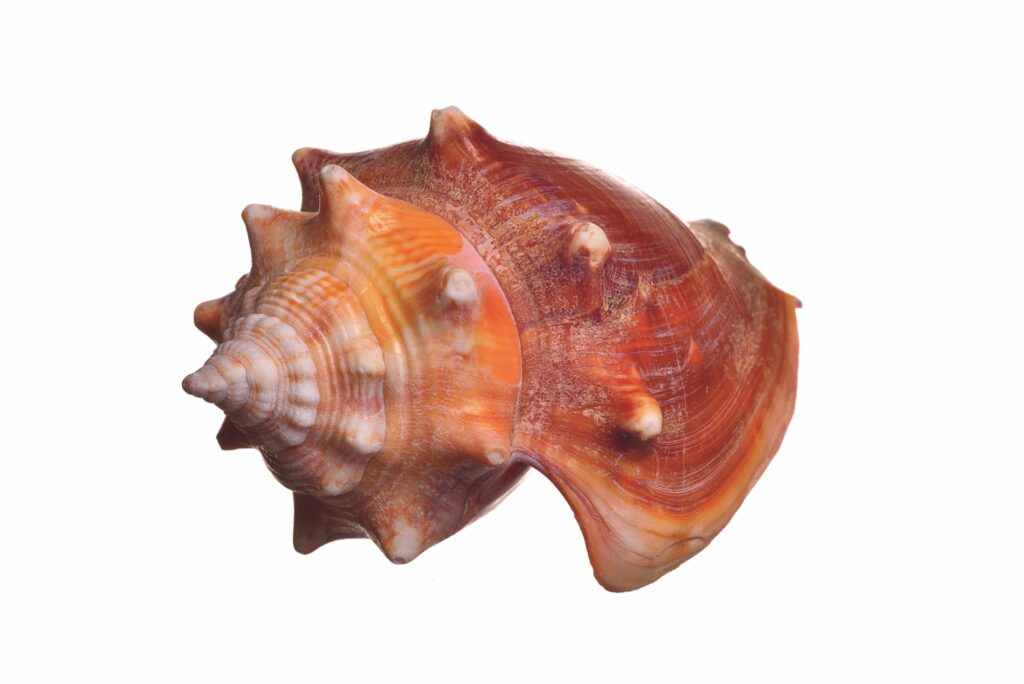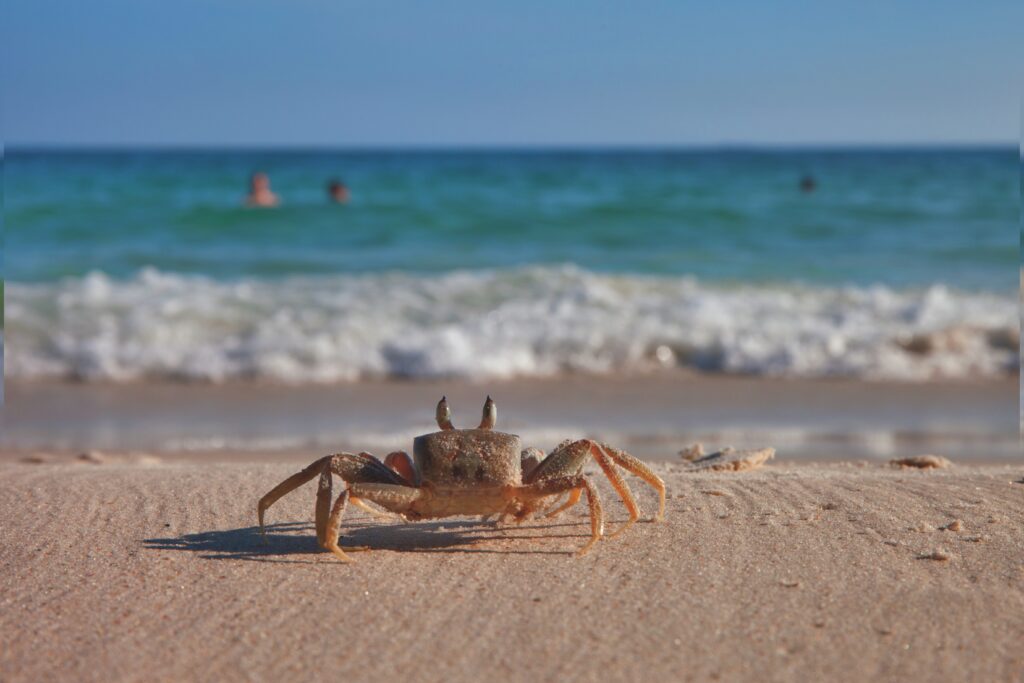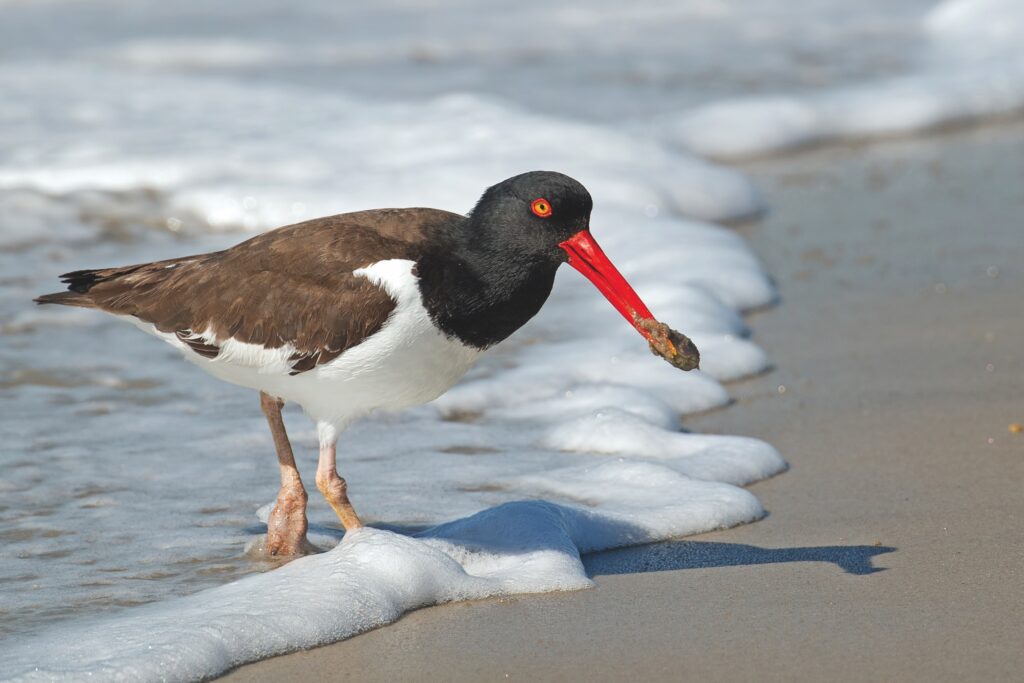Discover the Coastal Life of the Atlantic and Gulf Coasts
Beaches are the borders between two vastly different ecosystems. As such, they are teeming with a variety of fascinating life. In her quick guide called Coastal Life of the Atlantic and Gulf Coasts, Erika Zambello provides tips on how to easily identify seashells, beachcombing finds, and iconic animals.

Whether you’re a tourist on vacation or a local resident on a day trip, you will enjoy discovering the Coastal Life of the Atlantic and Gulf Coasts, which features nearly 80 of the most common and important animals and plants to know―from birds and fish to crabs, sea turtles, and more! Plus, the quick guide includes other beachcombing finds―like seashells and sea glass―as well as an introduction to different kinds of sand. Here are some of the author’s tips.


Beach Safety
Before you head out, check out the surf and weather conditions (including UV levels). Pay special attention to the flag systems on public beaches. A double red-flag means the beach is closed. A red flag notes a high hazard due to strong currents or high surf. A yellow flag indicates a medium hazard (moderate conditions). A green flag is displayed when conditions are calm. A purple flag informs visitors that jellyfish or other stinging creatures are present. When in doubt, ask lifeguards or other authorities for clarification.
Rip currents, sometimes called “rip tides,” are a perennial concern, especially after storms. Put simply, a rip current is an area of current that moves away from the beach and into the ocean. Rip currents are essentially narrow channels of fast-moving water that can overtake even the best swimmers, dragging them into the open ocean. They often occur near structures, such as piers or jetties, so don’t swim near them.
Rip Currents

If you’re caught in a rip tide, don’t panic. Instead, signal/yell for assistance, and swim parallel to the shore, not directly against the current. (Fighting a rip current would simply tire you out.) Rip currents are rarely more than 80 feet wide, so once you’re free of the current, you should be able to turn and swim toward shore. If you suspect someone’s in trouble in the water, immediately notify a lifeguard and/or call 9-1-1.
Trash
Our beaches are a treasure, so please do your best to take care of them. When you’re at the beach, have a leave-no-trace ethic and be sure to pack out all of your trash and recyclables. Marine trash can maim or even kill wildlife.
Don’t Harass Wildlife
We share beaches with a variety of wildlife; whenever possible, simply admire beach life from a distance. This ensures our beaches will stay healthy for years to come.
Dogs
Dogs can be allowed on beaches, but many beaches have restrictions to protect wildlife. Before you bring your pup, check ahead of time if dogs are allowed, and once you’re at the beach, keep your dog on a leash and clean up after your pet. During nesting season, it is especially important to keep dogs away from birds, as they can damage nests, injure chicks, and frighten parents away.
Birds
Bird-watching is a delight on beaches, but give the birds their space. Watch birds from a considerate distance using binoculars or a camera. When children or dogs run after birds and cause them to fly (this is known as flushing), it causes them to use valuable energy. Additionally, during nesting season, flushed adult birds often leave behind nests, eggs, and chicks, which are vulnerable to both heat and predators.

Erika Zambello
From her home base in North Florida, Erika Zambello has explored hundreds of ecological research sites, estuarine research reserves, national parks, state parks, and national wildlife refuges across the Southeast and around the country. She was a National Geographic Young Explorer and serves on the board of the National Parks Traveler. She holds a Master’s Degree in Environmental Management from the Duke Nicholas School of the Environment (where she specialized in Ecosystem Science and Conservation) and a Master’s Degree in Strategic Communication from the University of West Florida. As a writer, her work has been featured in National Geographic Adventure, National Geographic Voices, Backpacker, Florida Sportsman, and more.
If you enjoyed this blog about the Coastal Life of the Atlantic and Gulf Coasts, sign up for our newsletter here!


